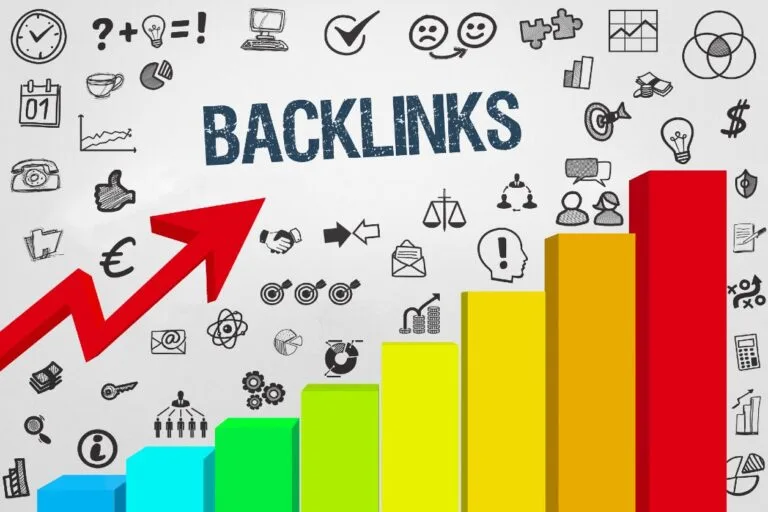In the world of Search Engine Optimization (SEO), social media signals are often seen as a critical component for ranking websites in search engine results pages (SERPs). However, the relationship between social media and SEO is complex, and many website owners are unsure about the impact that social media signals have on their website’s search engine rankings.
In this article, we’ll examine the relationship between social media and SEO, and explore the ways in which social media signals can affect your website’s search engine rankings.
What are Social Media Signals?
Social media signals are actions taken on social media platforms that indicate engagement with a piece of content. These actions can include likes, shares, comments, and follows. Social media signals are often seen as a measure of a website’s popularity and authority within its niche, as they indicate that the content is interesting, useful, or entertaining to the audience.
Google’s Algorithm and Social Media Signals
Google’s algorithm is designed to identify the most relevant and authoritative websites for a given search query. Social media signals can be seen as an indicator of a website’s authority, as they suggest that people find the content valuable enough to engage with and share.
While Google has not explicitly stated that social media signals are a ranking factor, many SEO experts believe that social media signals can indirectly affect a website’s search engine rankings. Here are a few ways in which social media signals can impact SEO:
Increased Visibility
When content is shared on social media, it has the potential to reach a wider audience than it would if it were only published on a website. If the content is high-quality and engaging, it may be shared by multiple users, which can lead to an exponential increase in visibility. As more people see the content, the likelihood of it being linked to from other websites increases, which can help to improve the website’s authority and search engine rankings.
Increased Traffic
Social media can also drive traffic to a website. When content is shared on social media, it can generate clicks and visits to the website. This can signal to Google that the website is relevant and valuable to users, which can help to improve its search engine rankings.
Improved Engagement
Social media signals can also be an indicator of user engagement with a website. If a piece of content receives a high number of likes, shares, and comments on social media, it suggests that the content is resonating with the audience. This can be an indicator of high-quality content, which can help to improve the website’s search engine rankings.
Social Media Signals and Link Building
One of the ways in which social media signals can directly impact a website’s search engine rankings is through link building. When content is shared on social media, it has the potential to be linked to from other websites. This can help to improve the website’s authority and search engine rankings.
However, it’s important to note that not all links are created equal. Links from high-quality, authoritative websites are more valuable than links from low-quality websites. When it comes to link building through social media, the key is to focus on creating high-quality content that is likely to be shared by other websites and social media users.
Best Practices for Using Social Media to Improve SEO
If you’re looking to improve your website’s search engine rankings through social media, there are a few best practices that you should follow:
- Focus on High-Quality Content
The most important factor in improving your website’s search engine rankings through social media is to create high-quality content that is interesting, useful, or entertaining to your audience. This is the content that is most likely to be shared and engaged with on social media, which can help to improve your website’s authority and search engine rankings.
- Share Your Content on Social Media
Once you’ve created high-quality content, be sure to share it on your social media profiles
. This will increase the visibility of your content and make it more likely that other users will share it as well. Be sure to use relevant hashtags and keywords in your social media posts to help users find your content more easily.
- Encourage Social Sharing
Encourage your audience to share your content on social media by including social sharing buttons on your website and in your email newsletters. Make it easy for users to share your content with just a few clicks.
- Engage with Your Audience on Social Media
Engage with your audience on social media by responding to comments and messages. This can help to build a relationship with your audience and increase the likelihood that they will share your content with their own followers.
- Monitor Your Social Media Metrics
Monitor your social media metrics to track the performance of your content. This can help you to identify which types of content are most engaging to your audience and adjust your social media strategy accordingly.
- Build Relationships with Influencers
Building relationships with social media influencers can help to increase the visibility of your content and improve your website’s search engine rankings. Look for influencers in your niche and engage with them on social media. Share their content and build a relationship with them over time.
Conclusion
While the relationship between social media and SEO is complex, there is evidence to suggest that social media signals can indirectly impact a website’s search engine rankings. By creating high-quality content that is engaging to your audience, sharing it on social media, and encouraging social sharing, you can increase the visibility of your content and improve your website’s authority and search engine rankings. Remember to monitor your social media metrics and adjust your strategy accordingly to ensure that you’re getting the most out of your social media efforts.








